Sink dishwasher have become an essential appliance in many households, making the task of washing dishes much more convenient and efficient. But have you ever stopped to wonder how a dishwasher actually works? In this article, we will explore the inner workings of a dishwasher and its basic principles of operation.
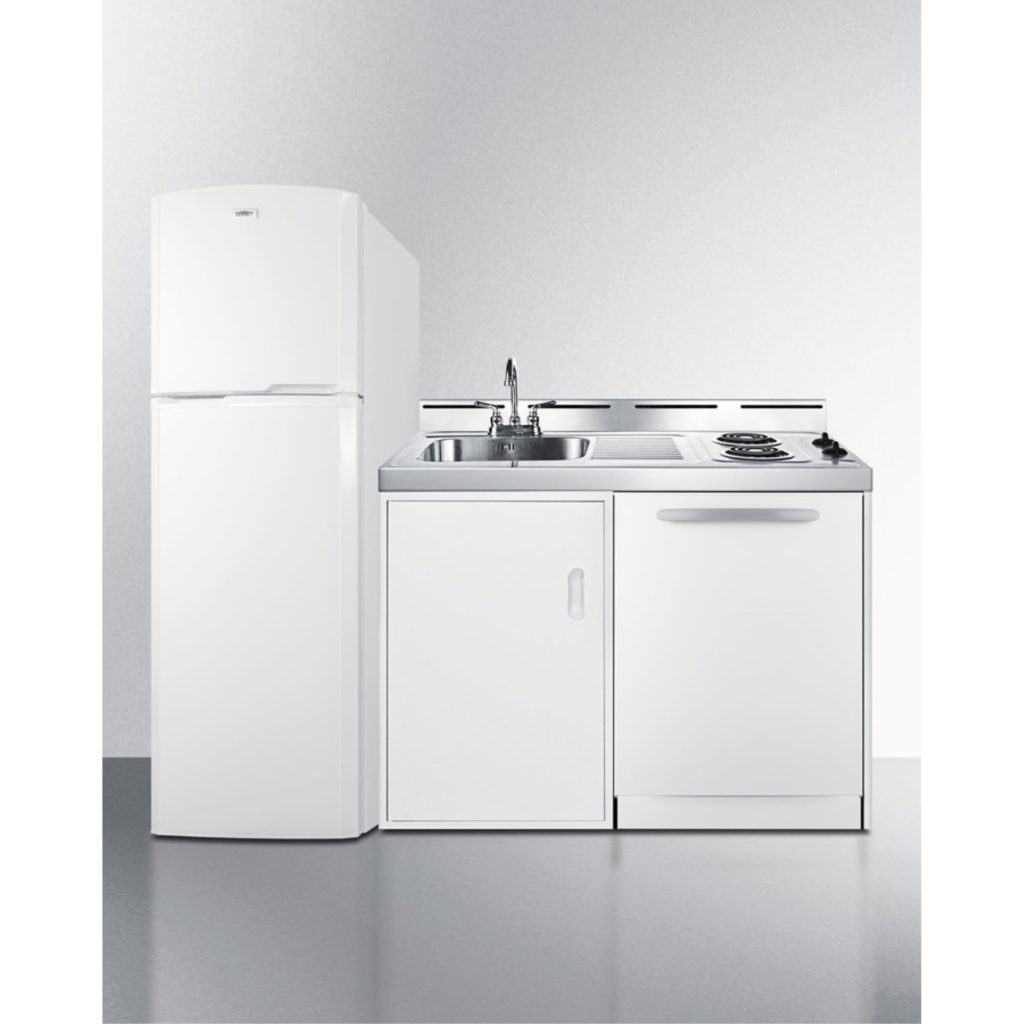
Basic Components of a Dishwasher
Before we dive into the specifics of how a dishwasher works, let’s take a closer look at the basic components that make up this modern kitchen appliance. A dishwasher typically consists of the following parts:
- Water inlet valve: This valve controls the flow of water into the dishwasher.
- Pump: The pump is responsible for circulating water throughout the dishwasher during the wash and rinse cycles.
- Heating element: This component heats the water to the desired temperature for effective cleaning.
- Spray arms: These arms distribute water and detergent inside the dishwasher to thoroughly clean the dishes.
- Control panel: The control panel allows users to select the desired cycle and settings for the dishwasher.
- Drain hose: This hose removes dirty water from the dishwasher at the end of the cycle.
Now that we have a basic understanding of the components of a dishwasher, let’s explore how these parts work together to clean your dishes.
How Does a Dishwasher Work?
The process of washing dishes in a dishwasher involves several key steps, each of which is essential for achieving clean and sanitized dishes. The basic steps of a dishwasher’s operation can be summarized as follows:
Water inlet:
The first step in the dishwasher’s operation is to fill the machine with water. When the user selects a wash cycle and starts the dishwasher, the water inlet valve opens to allow water to enter the dishwasher.
Detergent dispensing:
Once the dishwasher is filled with water, detergent is released into the machine. The amount of detergent used and the timing of its release may vary depending on the selected cycle and settings.
Wash cycle:
During the wash cycle, the pump inside the dishwasher circulates the soapy water throughout the machine. The water is sprayed onto the dishes via the spray arms, which are designed to distribute water evenly and effectively clean the dishes.
Heating the water:
In order to achieve optimal cleaning results, the water inside the dishwasher needs to reach a certain temperature. The heating element inside the dishwasher is responsible for raising the water temperature to the desired level, which helps to loosen food particles and grease from the dishes.
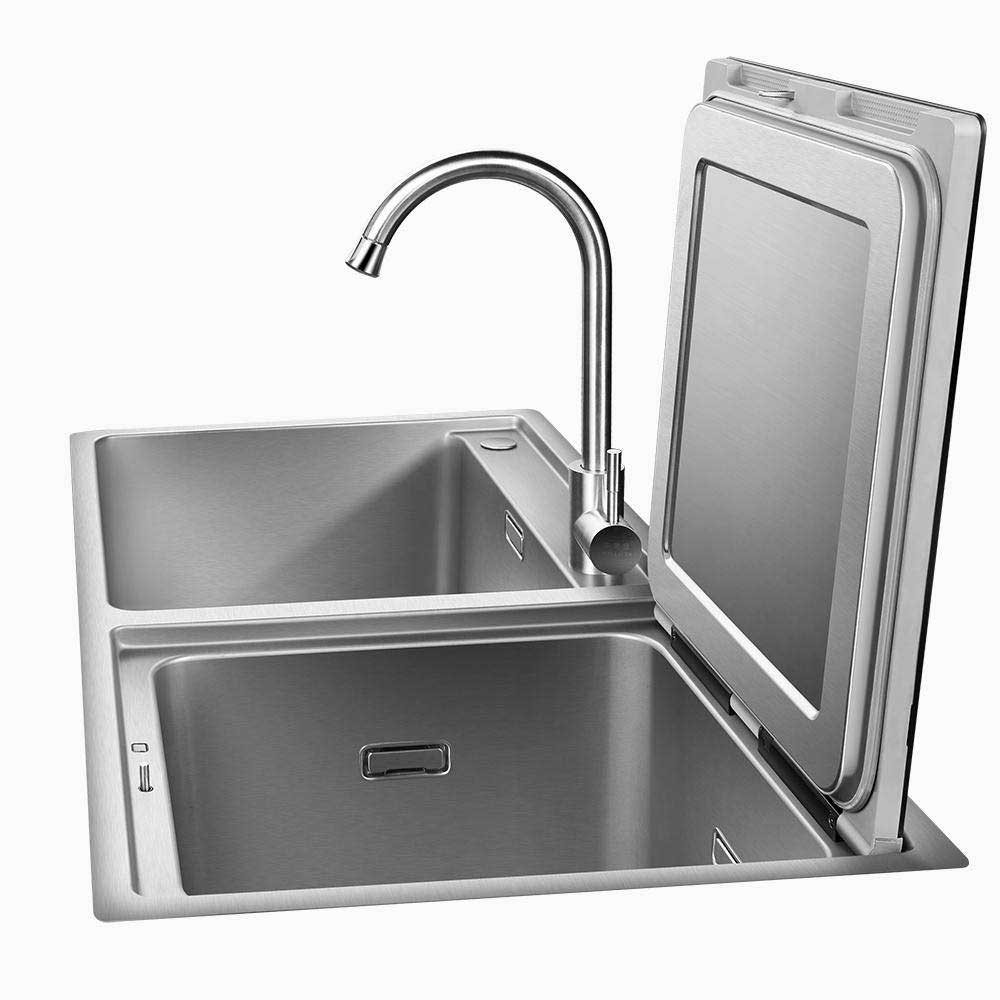
Rinse cycle:
After the wash cycle is complete, the dishwasher enters the rinse cycle. During this stage, clean water is sprayed onto the dishes to remove any remaining soap and food residue. This helps to ensure that the dishes are thoroughly cleaned and ready for use.
Drainage:
Once the rinse cycle is finished, the dishwasher drains the dirty water from the machine using the drain hose. The used water is then pumped out of the dishwasher and into the household’s plumbing system.
Drying:
Depending on the settings selected by the user, the dishwasher may also include a drying cycle. During this phase, the heating element inside the dishwasher is used to evaporate any remaining moisture from the dishes, leaving them clean and dry.
In addition to these basic steps, modern dishwashers may also include additional features and settings, such as delay start, eco-friendly cycles, and sanitizing options. These extra features can further enhance the performance and efficiency of the dishwasher.
How to choose a suitable sink dishwasher
Choosing the right sink dishwasher can make your kitchen more efficient and your life a lot easier. With so many options available on the market, finding the perfect sink dishwasher for your needs can be overwhelming. However, by considering a few key factors, you can make an informed decision and select a sink dishwasher that meets your specific requirements.
Factors to Consider
When choosing a sink dishwasher, there are several factors to consider to ensure that you select the right one for your kitchen. These factors include:
- Size and Space: Consider the available space in your kitchen and the size of the sink where you plan to install the dishwasher. Measure the dimensions of the corner kitchen sink to ensure that the dishwasher will fit properly.
- Capacity: Evaluate the capacity of the dishwasher to determine whether it can accommodate the amount of dishes you typically need to wash. Look for a sink dishwasher with adjustable racks and flexible configurations to maximize the space available for washing dishes.
- Installation: Determine whether you want a portable sink dishwasher that can be easily moved around or a permanent under-counter model that requires professional installation. Consider the plumbing and electrical requirements for the dishwasher’s installation.
- Functions and Features: Consider the features and functions offered by different sink dishwashers, such as adjustable wash cycles, sanitizing options, energy efficiency, and noise level. Look for a dishwasher with the features that are important to you and align with your lifestyle.
- Budget: Set a budget for your kitchen sink with garbage disposal purchase and consider the cost of the dishwasher as well as any additional installation or maintenance expenses. Look for a model that offers the best value for your budget.
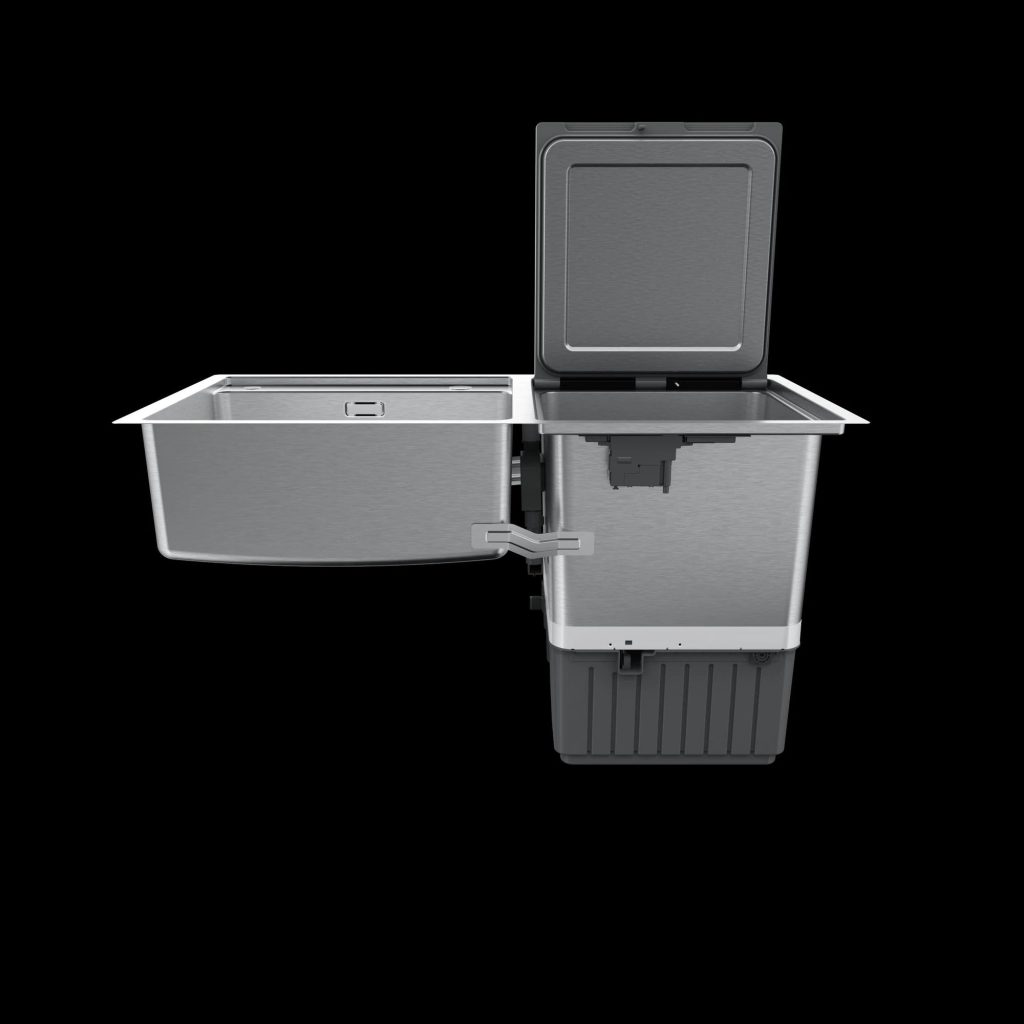
Types of Sink Dishwashers
There are several types of sink dishwashers to choose from, each with its own advantages and considerations. The main types of sink dishwashers include:
Countertop Dishwashers:
These compact dishwashers are designed to sit on top of the kitchen counter and connect to the sink for water supply and drainage. They are ideal for small kitchens or apartments with limited space.
Portable Dishwashers:
Portable dishwashers are similar to countertop dishwashers, but they are on wheels for easy mobility. They can be connected to the round island kitchen when in use and then rolled away for storage when not needed.
Under-Counter Dishwashers:
These built-in dishwasher models are installed under the kitchen counter and require professional installation. They are the most common type of sink dishwasher and offer larger capacities and more features than countertop and portable models.
Tips for Choosing the Right Sink Dishwasher
To help you make the best decision when choosing a sink dishwasher, consider the following tips:
- Read Reviews: Before making a purchase, read reviews of different kitchen sink faucet models to learn about their performance, reliability, and user satisfaction. Look for feedback from other consumers who have used the dishwasher to gain valuable insights.
- Energy Efficiency: Look for a sink dishwasher that is energy-efficient to save on water and electricity costs. Dishwashers with an Energy Star rating meet strict energy efficiency guidelines and can help reduce your utility bills.
- Consider Maintenance: Factor in the maintenance requirements of the dishwasher, such as filter cleaning, descaling, and general upkeep. Choose a dishwasher that is easy to maintain and does not require frequent repairs.
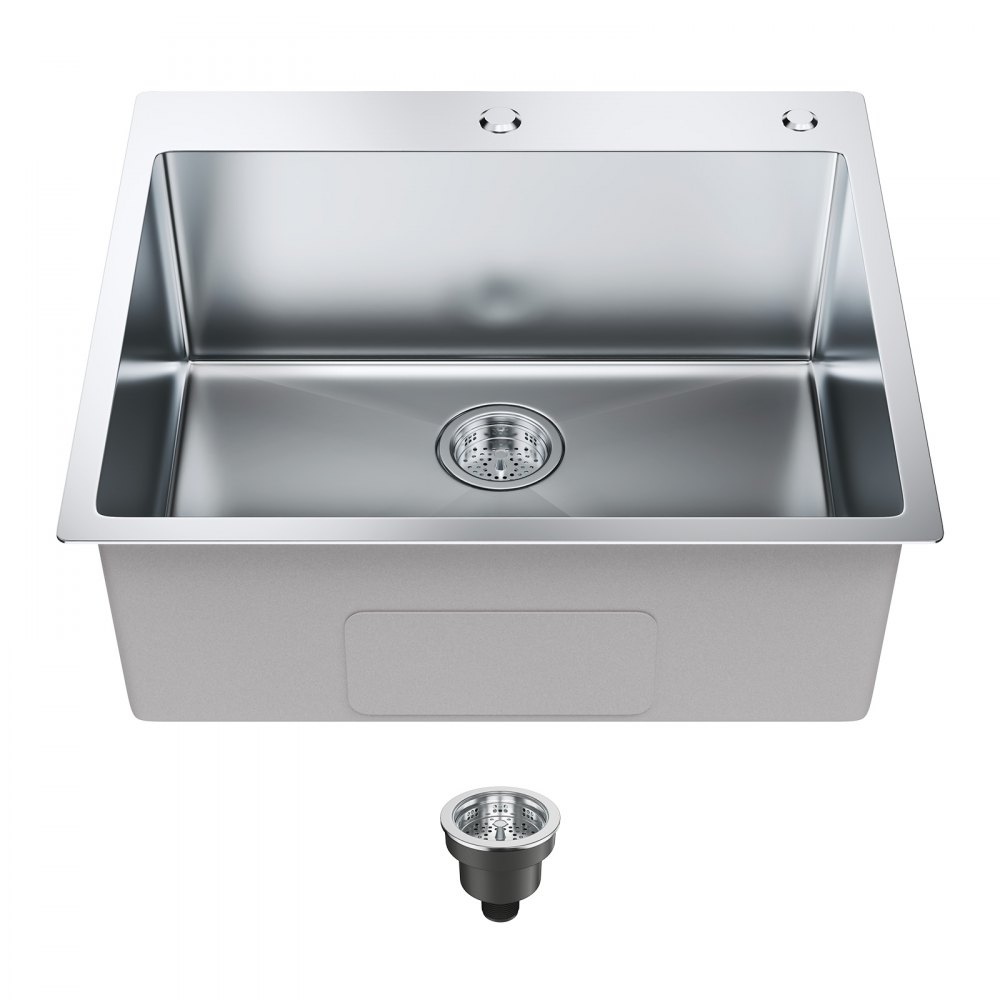
How to clean and maintain sink dishwasher
Cleaning the Exterior
The first step in maintaining a dishwasher is keeping the exterior clean and free from dirt, grime, and fingerprints. To clean the exterior of the dishwasher, simply use a soft cloth or sponge and a mild detergent to wipe down the surfaces. Be sure to pay extra attention to the control panel, handle, and any other areas that may accumulate dirt and grease. Avoid using abrasive cleaners or scouring pads, as these can scratch the surface of the dishwasher.
Cleaning the Interior
In addition to keeping the exterior clean, it is important to regularly clean the interior of the dishwasher to prevent the buildup of food particles, grease, and soap scum. To clean the interior, start by removing the bottom rack and examining the drain area for any debris. Use a damp cloth or sponge to wipe away any buildup, and use a toothpick or small brush to remove any stubborn particles. Next, use a dishwasher-safe cleaning product or a mixture of vinegar and baking soda to clean the interior of the dishwasher. Simply place a cup of vinegar or a bowl of baking soda on the top rack of the dishwasher and run a hot water cycle. This will help to remove any remaining residue and deodorize the dishwasher.
Cleaning the Filters
Most dishwashers are equipped with filters to trap food particles and debris during the wash cycle. Over time, these filters can become clogged and less effective, leading to poor cleaning performance. To clean the filters, remove them from the dishwasher and rinse them under hot water to remove any buildup. Use a soft-bristled brush to gently scrub away any remaining residue, and then reinsert the filters back into the dishwasher. Be sure to check the filters regularly and clean them as needed to ensure optimal performance.
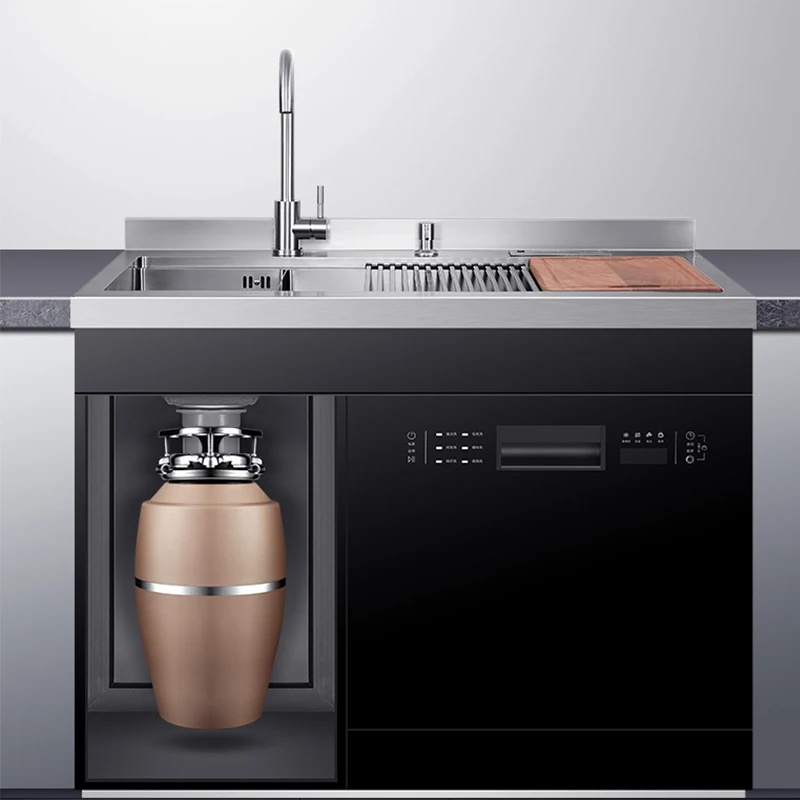
Conclusion
In conclusion, a dishwasher works by combining water, detergent, and mechanical action to clean and sanitize dishes. The key components of a dishwasher, including the water inlet valve, pump, heating element, and spray arms, work together to achieve the desired cleaning results. By following a series of programmed cycles, a dishwasher is able to effectively wash and dry dishes, making it a valuable and time-saving appliance for many households. Whether you’re loading up a batch of dirty dishes after a meal or setting the dishwasher to run while you’re away, understanding how a dishwasher works can help you make the most of this modern kitchen appliance.
